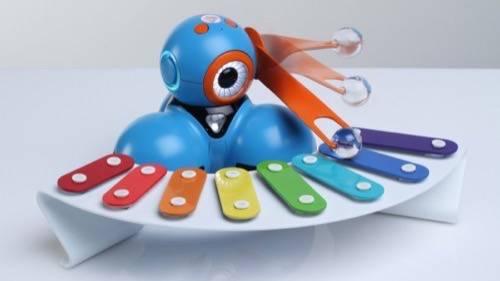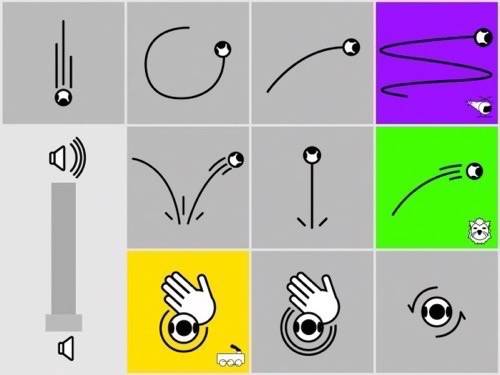
Your average five-year-old doesn’t know how to program. But she can probably sing songs, tell stories, and even make up her own stories and songs. According to Vikas Gupta, founder and CEO of Play-i, these skills are all a child needs to program and operate a robot.
It’s a pretty insane claim, given that professional engineers spend weeks programming sophisticated robots to pick up and carry a cup on its own. But then again, Bo and Yana aren’t your average bots. Play-i’s first two offerings are robots that designed to teach young children the basics of programming.
See also: Meet The Robot That Will Teach Your Child To Program
Gupta, who left his job as a senior manager at Amazon to begin the company, said he got the idea to build robots for kids after seeing some MIT research about how kids as young as five are able to grasp the concepts of programming.
“Kids are great at sequences, just not abstract sequences. Since programming tends to be an abstract concept, you have to make it tangible,” said Gupta. “For kids, robots make it tangible.”
Here’s how it works: a child uses the drag-and-drop visual programming interface on an iPad to map out some commands or movements for Bo. When the child indicates that he’s finished, the app transmits the instructions to Bo via bluetooth.
“If I were an adult trying to program this robot with the tools I have, it’d take me weeks or months,” said Gupta. “But with Bo we give kids tools they need to program it themselves. As a parent, I want to provide my kid with ways to accomplish amazing things. We want to change the way we perceive technology and science as something fun as well.”

While Bo gets its name from a simplified version of the word “robot,” Yana is an acronym: You Are Not Alone. The two can be programmed separately, or to respond to one another (for example, to play Hide and Seek). Yana is a light, durable ball suitable for even younger kids.
“The reason Yana came into existence at all was that we were testing with Bo and asked kids what they want him to do. They wanted Bo to fly, leap, jump. We tested Yana with 3 and 4 year olds; it’s really magical in their hands. They spin it and it becomes a helicopter, they shake it and suddenly it’s a lion. Now they see something tangible to carry around in their hands, and just by shaking and spinning it, they can create stories.”

Like Bo, Yana can be programmed by “puppeting,” as Gupta calls it—pushing it where you want it to go, and then confirming on the iPad app, or by programming short movements and gestures on the visual interface. The app’s interface uses only pictures without words, so theoretically kids who can’t read can still try it out.
Bo is the more complex of the two. With the 3D visual interface, kids can program him to act out extended sequences, even playing “Twinkle Twinkle Little Star.”
Now, Gupta and his team are working on ways to make sure Bo grows along with kids. They’re making an iPad app based on Scratch, MIT’s programming language for kids, and perhaps even more sophisticated programming languages later on.
Play-i launches its crowdfunding effort today, and participants can reserve Bo and Yana for $149 and $49. (When they retail, it’ll be for $199 and $69.) Gupta hopes that by getting robots to as many children as possible, it’ll unlock their nascent abilities.
“There are some languages kids know very well, like stories,” he said. “Stories are, in other words, just sequences that are programmed. We want programming a robot to come as easily to kids as telling a story.”

















